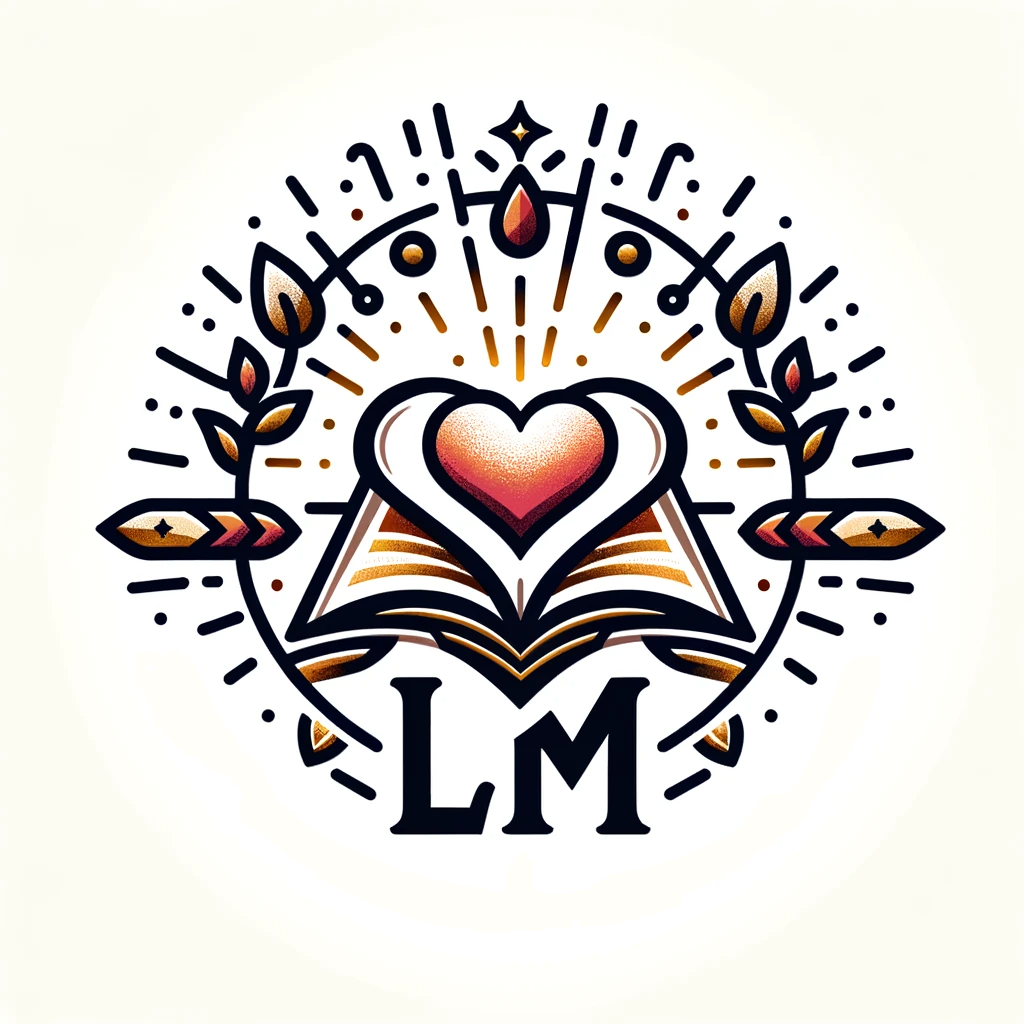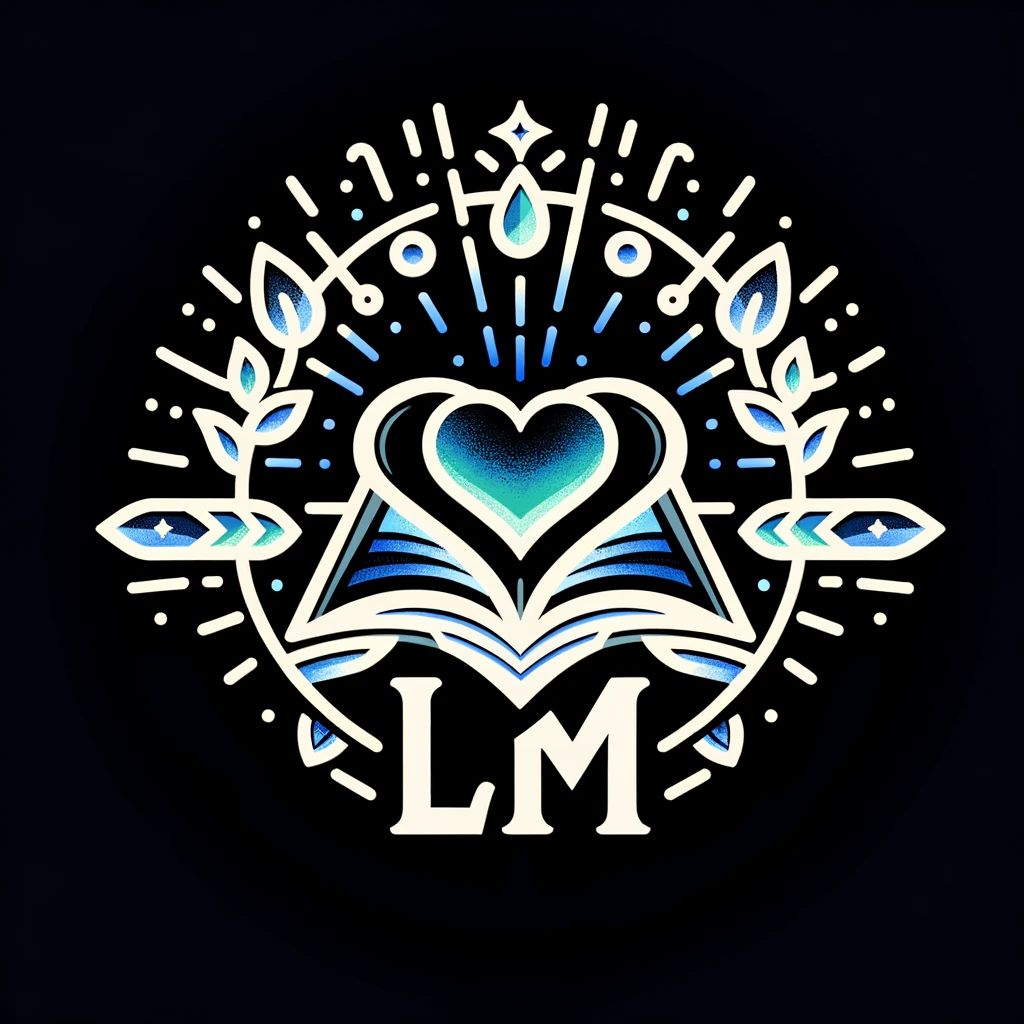
From the enchanted Garden of Eden to the rugged plains of Golgotha, trees are deeply entrenched in the tapestry of biblical narratives.
These trees are more than mere botanical entities; they symbolize the intricate fusion of sin, redemption, divine healing, and the essence of human choice.
This article unravels the multi-faceted motif of trees within the Bible, tracing connections from Moses lifting the bronze serpent to the profound significance of Christ’s crucifixion.
The Tree as a Symbol of Healing and Fear
The connection between trees and divine healing first surfaces in the Old Testament, particularly in the story of Moses and the bronze serpent. In the Book of Numbers, the Israelites, plagued by venomous snakes, are saved when Moses lifts a bronze serpent on a pole; those who look at it are miraculously healed.
This serpent, usually a symbol of fear and evil, becomes a conduit for divine healing, reflecting the paradoxical nature of redemption. Here, an element of fear transforms into one of salvation, encapsulating the intricate dance between sin and divine grace.
Prophetic Scriptures and the Messiah’s Role
Prophetic scriptures also emphasize the symbolic role of trees. In Daniel 9, the prophecy of the coming Messiah is intricately linked to the original act of disobedience in the Garden of Eden—where the Tree of Knowledge leads to humanity’s fall.
The prophecy addresses the singular transgression—original sin—underscoring the Messiah’s role as a redeemer. This ties the beginning and the ultimate redemption of humanity’s moral journey, echoing through the annals of history and prophecy.
The Last Supper and the Redemption Act
The Last Supper, an essential event in the New Testament, contrasts sharply with the forbidden fruit consumed by Adam and Eve. During this meal, Jesus partakes of the fruit of the vine, ushering in the act of communion.
This sacramental gesture signifies the healing and redemption from the consequences of original sin. While the first Adam brought death through his disobedience, the second Adam (Jesus) brings life through his sacrificial acceptance of death.
Nakedness and Sacrifice: The Paradox of Redemption
Nakedness serves as another powerful symbol within biblical narratives. Adam and Eve’s innocence is shattered through sin, leading to their awareness of nakedness and subsequent shame.
This contrasts poignantly with Christ’s nakedness during the crucifixion, where vulnerability becomes a critical element of the redemptive process.
Stripped of his garments, Jesus embraces the full scope of human vulnerability, signifying the necessity of sacrifice for redemption.
The Cross: The Tree of Death and Life
The cross, often referred to as a tree, stands as a symbol that bridges the epochs of sin and redemption. While it represents the culmination of evil—executing the Son of God—it simultaneously embodies the ultimate act of divine love and grace.
The disobedience tied to the Tree of Knowledge is juxtaposed with the obedience exhibited at the cross, illustrating humanity’s redemption. This duality extends the symbolic nature of trees, underscoring their role as multifaceted emblems of human and divine interaction.
The Nature of Choices: Good, Evil, and Salvation
Biblical narratives affirm the concept of human choice, enriched with the capacity for both good and evil. This dual potential lays the groundwork for faith, obedience, and ultimately, salvation.
Christ’s redemptive act is positioned as the divine remedy to the evils initiated by the first tree. This highlights the profound relationship between human choices and divine intervention, aiming to restore the broken bond between God and humanity.
Hope and Renewal Through the Cross
The symbolic nature of trees within biblical narratives serves as a profound testament to themes of sin, redemption, and divine healing. The tree of the cross encapsulates the essence of restoration, aligning with the image of the lost paradise.
As individuals draw closer to the message of the cross, they encounter a realm of transformation, hope, and eternal life. This journey beckons all to partake in the healing and blessings symbolized by the ultimate tree of redemption.





